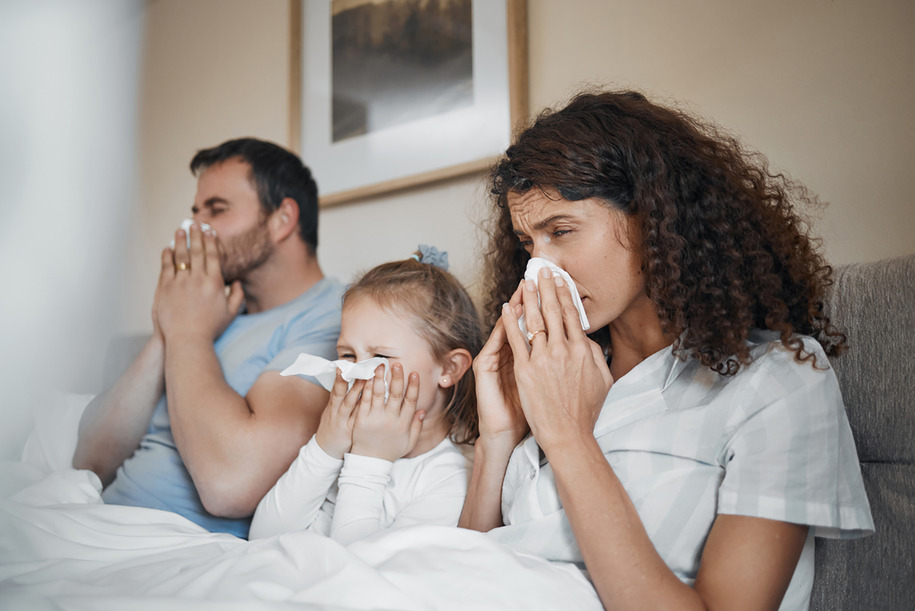
Winter, for parents, can be a time of constant worry as our children seemingly swap one illness for another. When we see them, the tell-tale signs of a fever can give us a pang of anxiety; the shivering, the glassy eyes, the droopy expression. However, as you might already know, fevers are a normal part of childhood, and most often than not, nothing to worry about.
In most cases, managing a fever is purely for your child’s comfort. The fever itself is doing no harm and is meant to quicken the recovery process. However, we all know that a fever can be a miserable and uncomfortable feeling, so we often opt to suppress it. Here’s what we recommend.
Maintain Hydration:
One of the most crucial aspects of managing a fever is ensuring your child stays adequately hydrated. Fever can lead to increased fluid loss through sweating and rapid breathing, making it essential to replenish lost fluids. Encourage your child to drink water, clear broths, and electrolyte-rich beverages. Popsicles and ice chips can also be appealing, providing a dual benefit of hydration and helping soothe a sore throat if present. Pay attention to the color of urine – light yellow indicates proper hydration.
Appropriate Medication:
Over-the-counter medications such as acetaminophen or ibuprofen can be used to alleviate fever and discomfort. However, it’s crucial to consult with a healthcare professional before administering any medication to ensure proper dosage based on your child’s age and weight. Follow the recommended guidelines and avoid giving aspirin to children, especially if they have a viral infection, as it may lead to a rare but serious condition called Reye’s syndrome.
Regulate Room Temperature:
Create a comfortable environment for your child by regulating the room temperature. Keep the room cool, but not too cold, and dress your child in lightweight, breathable clothing. Use lightweight blankets for added comfort. Avoid overdressing or over-bundling, as it may trap heat and elevate the fever. Adequate ventilation is essential, so ensure there is fresh air circulating in the room.

Cooling Techniques:
Employing cooling techniques can help bring down your child’s body temperature. A tepid sponge bath or a damp washcloth applied to the forehead, armpits, and groin area can be effective. Be cautious not to use cold water, as it may cause shivering and, paradoxically, raise the body temperature. Additionally, allowing your child to rest in a room with a fan or using a cool-mist humidifier can aid in creating a more comfortable environment.
Monitor and Seek Medical Advice:
Regularly monitor your child’s temperature using a reliable thermometer. If the fever persists for more than a couple of days or is accompanied by worrisome symptoms such as difficulty breathing, persistent vomiting, or extreme lethargy, it’s crucial to seek prompt medical attention. A healthcare professional can assess the underlying cause of the fever and provide appropriate guidance or treatment.
It’s Not the Fever, It’s How You Deal with It
We’re all bound to get a fever from time to time and if you don’t, then you might also want to buy a lottery ticket! Some children may even have several fevers throughout the year. With that said, fevers are common and almost always harmless, so your child’s comfort should be your biggest priority. Follow these steps to manage your child’s fever and minimize their discomfort this flu season!
